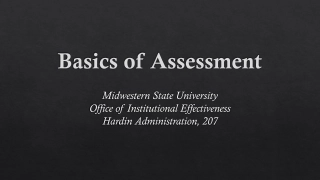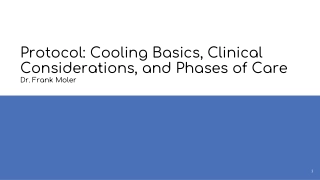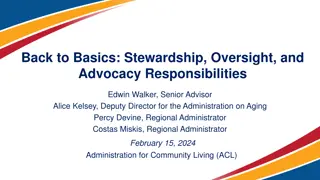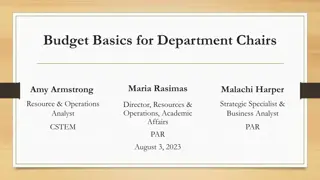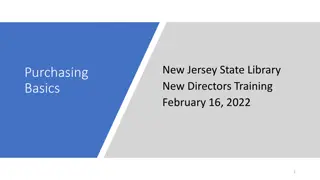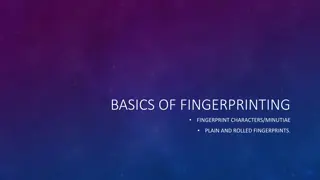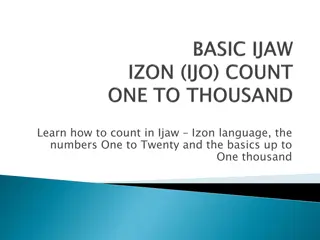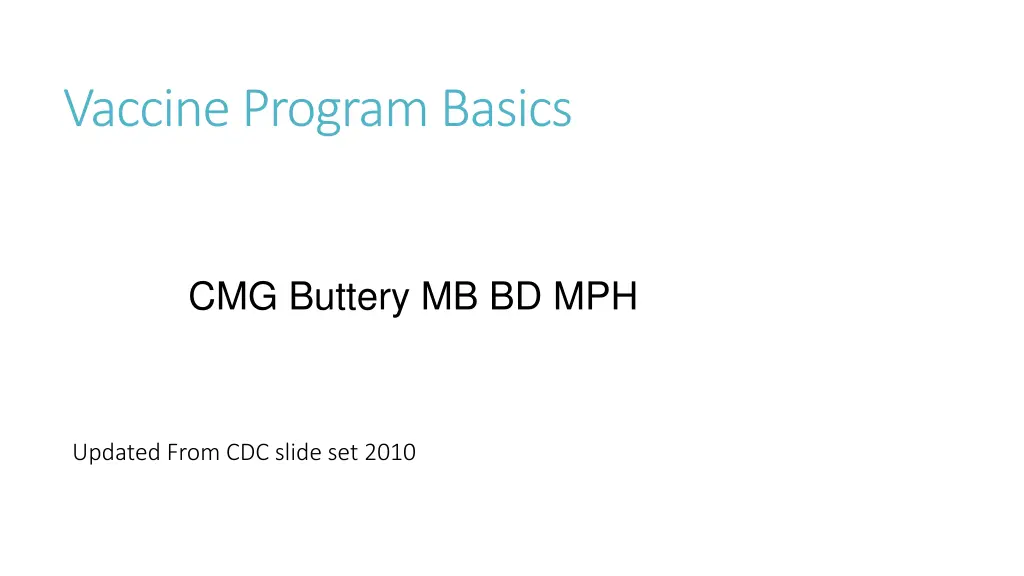
Effective Strategies for Vaccine Program Success
Learn about the importance of vaccine safety, missed opportunities in healthcare encounters, reasons for missed opportunities, strategies for reducing missed opportunities, incentives for action, and the reduction of barriers to immunization to achieve high immunization levels in the community.
Download Presentation

Please find below an Image/Link to download the presentation.
The content on the website is provided AS IS for your information and personal use only. It may not be sold, licensed, or shared on other websites without obtaining consent from the author. If you encounter any issues during the download, it is possible that the publisher has removed the file from their server.
You are allowed to download the files provided on this website for personal or commercial use, subject to the condition that they are used lawfully. All files are the property of their respective owners.
The content on the website is provided AS IS for your information and personal use only. It may not be sold, licensed, or shared on other websites without obtaining consent from the author.
E N D
Presentation Transcript
Vaccine Program Basics CMG Buttery MB BD MPH Updated From CDC slide set 2010
Comparison of Maximum and Current Reported Morbidity, Vaccine-Preventable Diseases and Vaccine Adverse Events, United States (CDC 2010) Disease Pre-Vaccine Era Year 2000 % Change Measles 390852 86 -89 Mumps 21342 338 -99 Pertussis 117998 7867 -93 Polio 4953 0 -100 Congenital rubella 19177 176 -98 Tetanus 1314 35 -97 Invasive Hib 24856 112 -99 Total 566706 8624 -98 Note: Recent out-breaks, Measles imported, Mumps in unvaccinated communities not included in count.
Importance of Vaccine Safety Decreases in disease risks and increased attention on vaccine risks Public confidence in vaccine safety is critical Higher standard of safety is expected of vaccines Vaccinees generally healthy Lower risk tolerance = need to search for rare reactions Vaccination universally recommended and mandated
Missed Opportunity Healthcare encounter in which a person is eligible to receive vaccination but is not vaccinated completely
Reasons for Missed Opportunities Lack of simultaneous administration Unaware child needs additional vaccines Invalid contraindications Inappropriate clinic policies Reimbursement deficiencies
Strategies for Reducing Missed Opportunities Standing orders Provider education with feedback Provider reminder and recall systems
Incentives Something that incites to action Vary by provider and stage of progress Opportunities for partnership and collaboration
Reduction to Barriers to Immunization Physical barriers waiting time distance Psychological barriers unpleasant experience safety concerns
Strategies for High Immunization Levels Recordkeeping Recommendations and reinforcement Reminder and recall to patients Reminder and recall to providers Reduction of missed opportunities Reduction of barriers to immunization
Records Must be available at the time of the visit Must be easy to read Must be accurate reflect current patient population reflect all vaccines given Based on Electronic Health System
Immunization Registries Electronic State based, transferrable to CDC Dataset Single data source for all providers Reliable immunization history Produce records for patient use Key to increasing immunization levels
Recommendations & Reinforcement Recommend the vaccine powerful motivator patients likely to follow recommendation of the provider Reinforce the need to return verbal written link to calendar event
Invalid Contraindications to Vaccination Minor illness Mild/moderate local reaction or fever following a prior dose Antimicrobial therapy Disease exposure or convalescence Pregnancy or immunosuppression in the household Premature birth Breastfeeding Allergies to products not in vaccine Family history (unrelated to immunosuppression )



